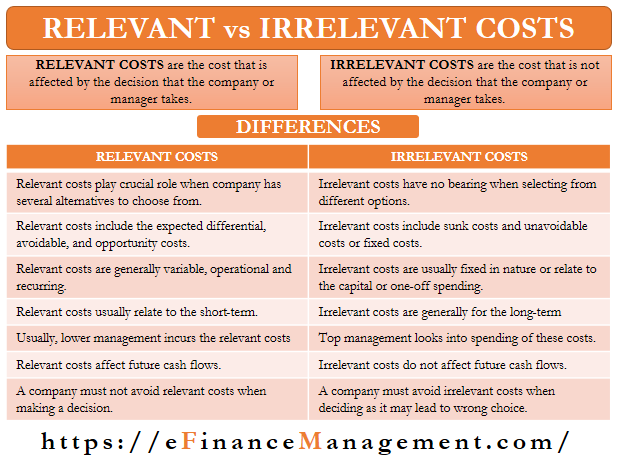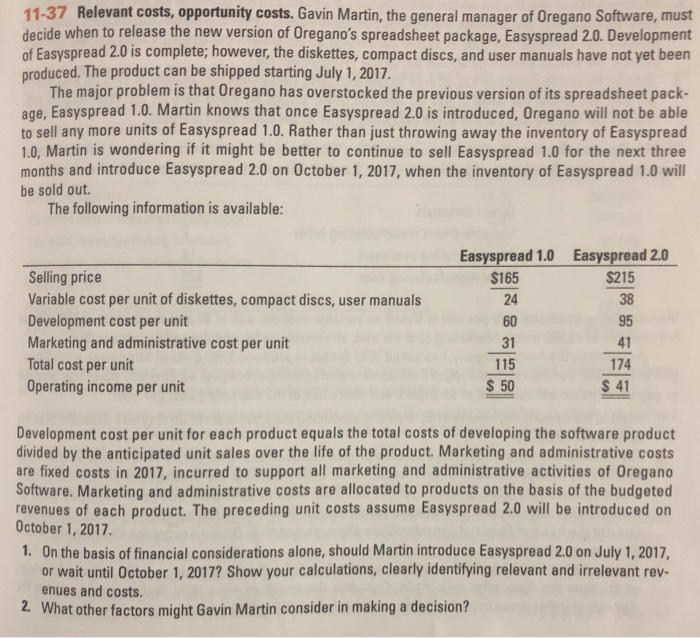Opportunity cost is a key concept in economics that refers to the next best alternative that is given up in order to pursue a certain action or decision. It is an important consideration because it helps individuals and businesses make more informed and efficient decisions by weighing the potential costs and benefits of different options.
One of the primary ways in which opportunity cost is relevant is in the allocation of resources. In any given situation, there are likely to be a number of potential uses for resources such as time, money, and materials. By considering the opportunity cost of each potential use, individuals and organizations can determine the most valuable way to utilize their resources.
For example, a business may be faced with the decision of whether to invest in a new piece of equipment or to hire additional employees. In this case, the opportunity cost of investing in the equipment would be the potential benefits that could have been gained from hiring additional employees, such as increased productivity or a broader range of skills. By considering the opportunity cost of each option, the business can make a more informed decision about how to allocate its resources in the most effective way.
Opportunity cost is also relevant in personal financial decision-making. For instance, an individual may be faced with the choice of whether to save money in a low-interest savings account or to invest it in a riskier but potentially higher-yielding stock. The opportunity cost in this case would be the potential earnings that could have been gained from investing in the stock, as compared to the guaranteed but lower return from the savings account. By considering the opportunity cost, the individual can make a more informed decision about how to allocate their financial resources in a way that aligns with their goals and risk tolerance.
In addition to its relevance in resource allocation and financial decision-making, opportunity cost is also an important consideration in public policy. Governments often have to weigh the opportunity costs of different policy options in order to determine the most effective and efficient course of action. For example, a government may be faced with the decision of whether to invest in infrastructure projects or education initiatives. In this case, the opportunity cost of investing in infrastructure would be the potential benefits that could have been gained from investing in education, such as increased productivity and economic growth. By considering the opportunity cost of each option, governments can make more informed decisions about how to allocate resources in a way that serves the greater good.
Overall, the concept of opportunity cost is highly relevant in a wide range of contexts, from personal financial decision-making to business and public policy. By considering the potential costs and benefits of different options, individuals and organizations can make more informed and efficient decisions about how to allocate their resources in the most valuable way.
The Patent Amendment Act 2002 was a significant piece of legislation that made significant changes to the patent system in India. The Act was intended to bring the Indian patent system in line with international standards and to encourage innovation and technological development in the country.
One of the main goals of the Act was to provide better protection for intellectual property rights in India. This was achieved through a number of measures, including the introduction of a more robust patent examination process and the establishment of a specialized patent office to handle patent-related matters.
Another key aspect of the Act was the introduction of a provision for the grant of "product patents" for pharmaceutical and chemical products. Previously, only process patents were granted in India, which meant that generic versions of patented drugs could be easily produced and sold in the country. The introduction of product patents was intended to provide stronger protection for innovator pharmaceutical companies and to encourage the development of new and innovative drugs in India.
In addition to these changes, the Act also included provisions related to the licensing of patented technologies, the enforcement of patent rights, and the resolution of disputes related to patents. It also introduced provisions related to the protection of traditional knowledge and biological resources, which was seen as important for preserving the cultural heritage of India.
Overall, the Patent Amendment Act 2002 was a significant piece of legislation that made significant changes to the patent system in India. It was intended to bring the country's patent system in line with international standards and to encourage innovation and technological development. Its provisions related to the protection of intellectual property rights, the grant of product patents, and the licensing and enforcement of patents have had a significant impact on the way patents are handled in India.




:max_bytes(150000):strip_icc()/Term-Definitions_Opportunity-cost2-614cfb37567040879073c5ed1d03b25c.png)



